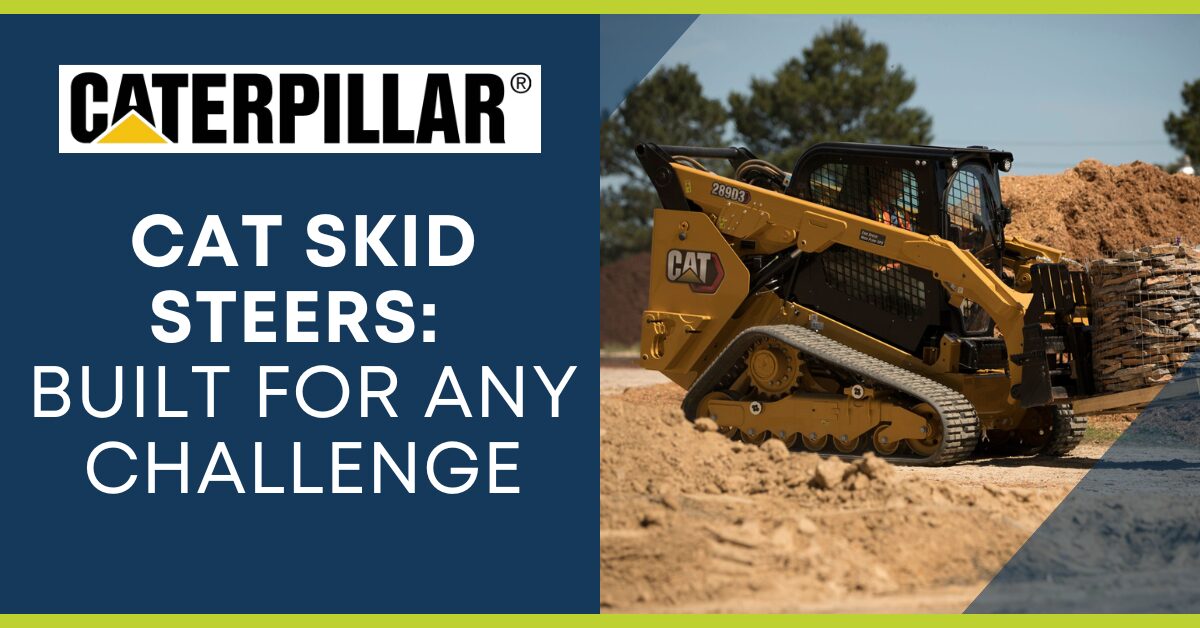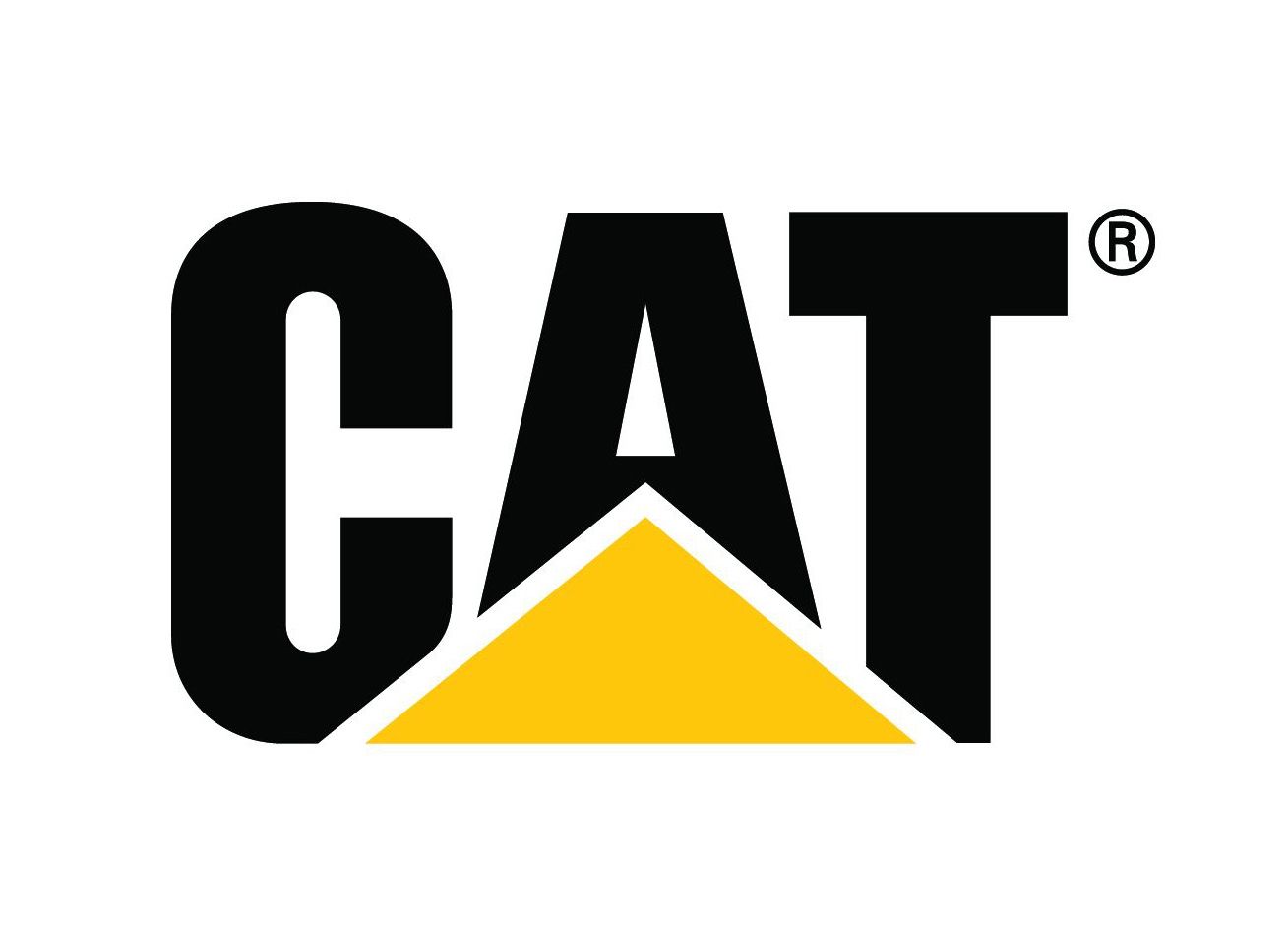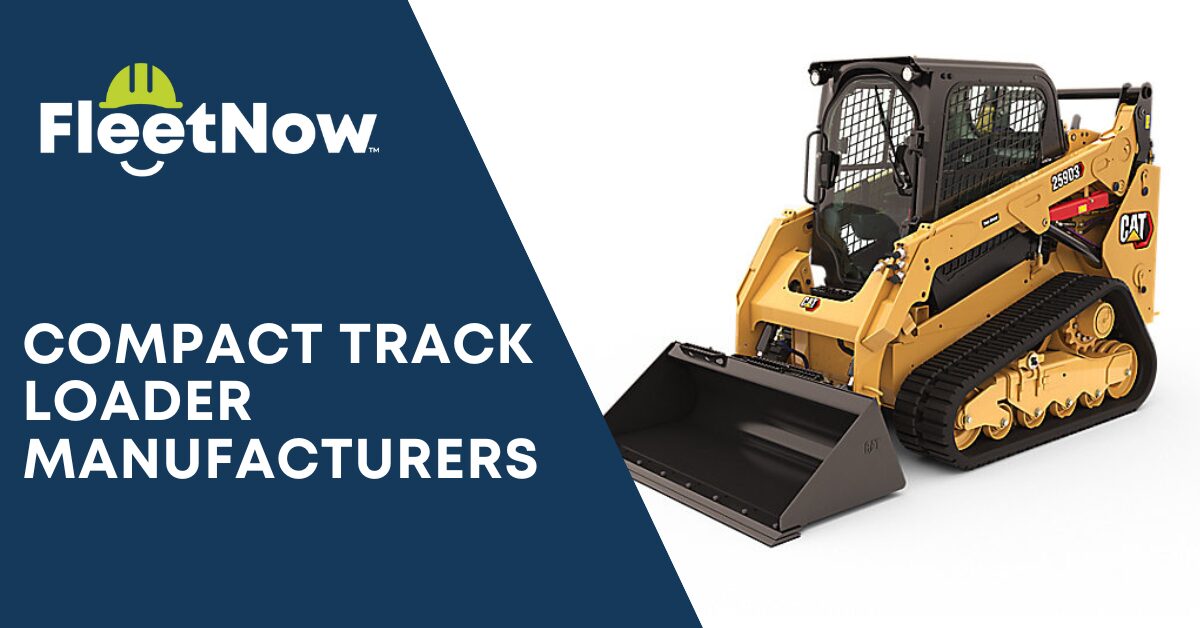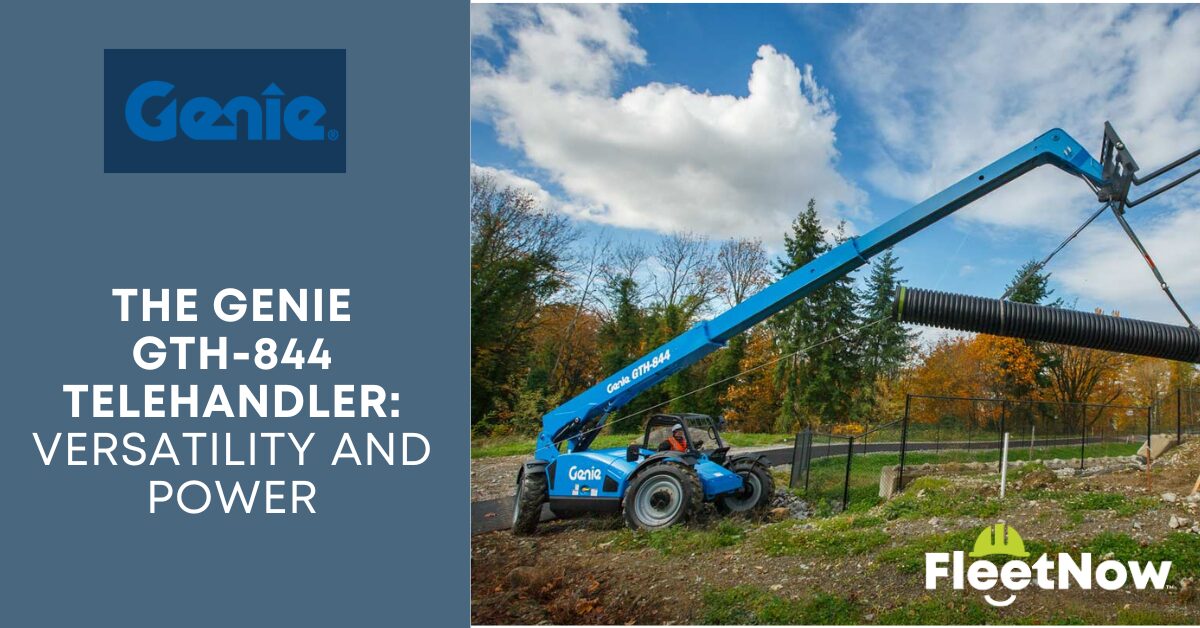CAT Skid Steers: Built For Any Challenge
When it comes to heavy equipment that can handle the toughest jobs, few machines match the versatility and power of CAT skid steers. Whether you’re navigating a crowded construction site, clearing debris, or performing delicate grading work, these compact but mighty machines are designed to tackle any challenge that comes their way.
The History of CAT Skid Steers
The history of CAT skid steers is a journey of innovation and evolution, beginning in the 1960s when Caterpillar recognized the potential of the skid steer concept. Initially acquired from the Keller Brothers, CAT rebranded and refined these machines, introducing their first models in the 1980s. The 1990s saw significant advancements in hydraulic systems and engine technology, setting the stage for the new millennium, which brought enhanced automation, GPS integration, and ergonomic improvements. Today, CAT skid steers stand as a testament to Caterpillar’s commitment to innovation and excellence, continually evolving to meet the demands of modern construction and beyond.
What Kind of Jobs Can CAT Skid Steers Be Used For?
CAT skid steers are incredibly versatile machines, making them suitable for a wide range of jobs across various industries. Here are some key applications:
- Construction
- Landscaping
- Agriculture
- Road Maintenance
- Utilities
- Demolition
- Recycling
- Waste Management
CAT Skid Steer Models & Specs
Here are a few of the skid steer models that CAT offers:
CAT Skid Steer Attachments
CAT skid steer attachments significantly enhance the versatility and functionality of the machine, allowing it to tackle a wide range of tasks across various applications. From buckets for digging and material handling to augers for drilling and grapples for lifting and moving debris, these attachments enable CAT skid steers to perform specialized functions with ease. The quick coupler system facilitates fast and efficient changes between attachments, making the skid steer a multifunctional tool ideal for construction, landscaping, agriculture, and more. This adaptability ensures that operators can maximize productivity and tackle diverse challenges on the job site.
Find attachments to fit your specific model here.
CAT Skid Steer Warranty
Caterpillar Limited Warranty covers the cost of parts and labor for 12 or 24 months or a specific number of operating hours for new Cat equipment and engines. For specific details, visit the CAT Warranty page.
CAT Skid Steer Reviews
In a forum discussing CAT skid steers, one reviewer stated that he is overall very satisfied with his CAT 259D skid steer. He pointed out that it is easy to operate and the cab is comfortable and quiet. He stated, “I have a new Cat 259D. It’s a great machine. I’ve ran almost every make and this is the nicest small frame machine I’ve been in.”
Another reviewer writes praises about the CAT 249D, “Overall I have no complains. Dealer support is great. Machine is well built, engineered and has good tech.” (Snow Plowing Forum, CAT 259D Reviews)
CAT Skid Steer Maintenance & Care
Proper maintenance and care are crucial to ensure the longevity and optimal performance of CAT skid steers. Here are key maintenance tasks to follow:
Regular Inspections:
Visual Checks: Inspect the machine for leaks, loose parts, and signs of wear.
Fluid Levels: Check and maintain proper levels of engine oil, hydraulic fluid, and coolant.
Engine Maintenance:
Oil Changes: Change the engine oil and filter at recommended intervals to ensure smooth operation.
Air Filter: Regularly clean or replace the air filter to maintain engine efficiency and prevent contaminants.
Hydraulic System Care:
Fluid Levels: Monitor hydraulic fluid levels and top up as needed.
Hydraulic Hoses: Inspect hoses and fittings for signs of wear or leaks and replace if necessary.
Battery Maintenance:
Connections: Ensure battery terminals are clean and connections are tight.
Charge Levels: Regularly check the battery charge and condition.
Tire and Track Maintenance:
Tire Pressure: Check tire pressure and adjust to manufacturer specifications.
Tracks: Inspect tracks for wear and proper tension, adjusting or replacing as needed.
Cooling System:
Radiator: Clean the radiator and cooling fins to prevent overheating.
Coolant: Check coolant levels and top up or replace as needed.
Belts and Chains:
Inspection: Check belts and chains for wear and proper tension, replacing them as necessary.
Service Records:
Documentation: Maintain detailed records of all maintenance activities and repairs to track the machine’s condition and service history.
Below is a video showing what is involved in a daily maintenance check on a CAT skid steer:
Where Can I Find CAT Skid Steer For Sale?
CAT skid steers can be bought through online marketplaces, like FleetNow, heavy equipment dealers, like Integra Supply Corp., or local dealers, which can be found through the CAT “Find Dealer” page.
Check Out This Video of the CAT Skid Steer D3 Series In Action:
Frequently Asked Questions (FAQs):
How do I choose the right CAT skid steer for my project?
To choose the right CAT skid steer for your project, first assess the specific tasks and weight requirements you’ll be handling. Next, match the skid steer’s operating capacity and size to these needs. Consider the work environment, including terrain and space constraints, to ensure the machine is suitable. Finally, evaluate any additional features or attachments that may enhance the skid steer’s versatility for your particular job..
Need help finding the right skid steer for your needs? Contact our equipment experts today!
What safety features are included in CAT skid steers?
CAT skid steers are equipped with several safety features, including ROPS (Roll-Over Protective Structure) and FOPS (Falling Object Protective Structure) to protect the operator in case of tipping or falling debris. They also have advanced visibility options, such as large windows and rearview cameras, to enhance awareness of the surroundings. Additionally, features like automatic stability control and safety interlocks help prevent accidental operation and ensure safe handling of the machine.
What is the typical lifespan of a CAT skid steer?
The typical lifespan of a CAT skid steer ranges from 7,000 to 10,000 hours of operation, depending on maintenance and usage conditions. With proper care and regular maintenance, some machines can exceed this range and remain operational for many years.



















